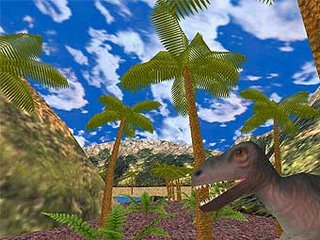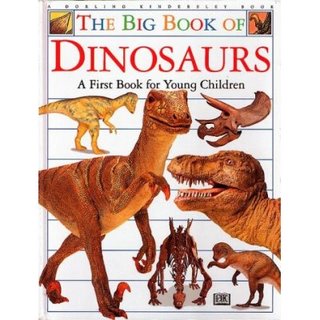 Encyclopedia of dinosaurs
Encyclopedia of dinosaurs is written by well-known scientists and organized alphabetically by subject, the signed articles cover kinds of dinosaurs, biology, geology, research, and museums where dinosaurs are on display, including a worldwide list of museums and sites. There is some overlap with The Dinosauria in dinosaur descriptions, but this encyclopedia offers authoritative articles on many topics not covered in that work, such as "color," "intelligence," and "ornamentation." While the language may sometimes be too technical for the general reader, Encyclopedia of Dinosaurs provides a nice link between popular and scientific dinosaur studies. The author of The Complete Dinosaur Dictionary (Carol Pub., 1995), which was aimed at young adults, Glut now offers a far more detailed and technical work oriented toward dinosaur material in museum collections. Following 74 pages of background information, the encyclopedia is devoted to an alphabetical list of dinosaur genera. Each entry tells the date of discovery, name derivation, occurrence, age, and diagnosis; gives a list of key print references; and refers to important museum specimens that have furthered the study of dinosaur paleontology.






